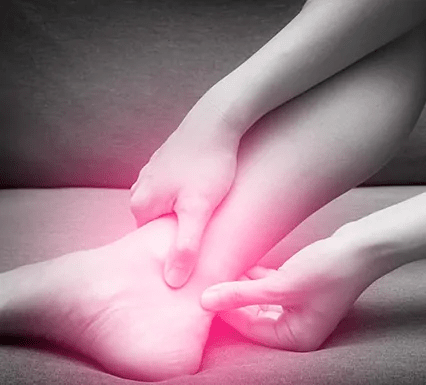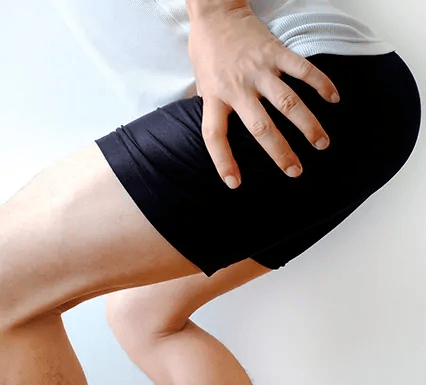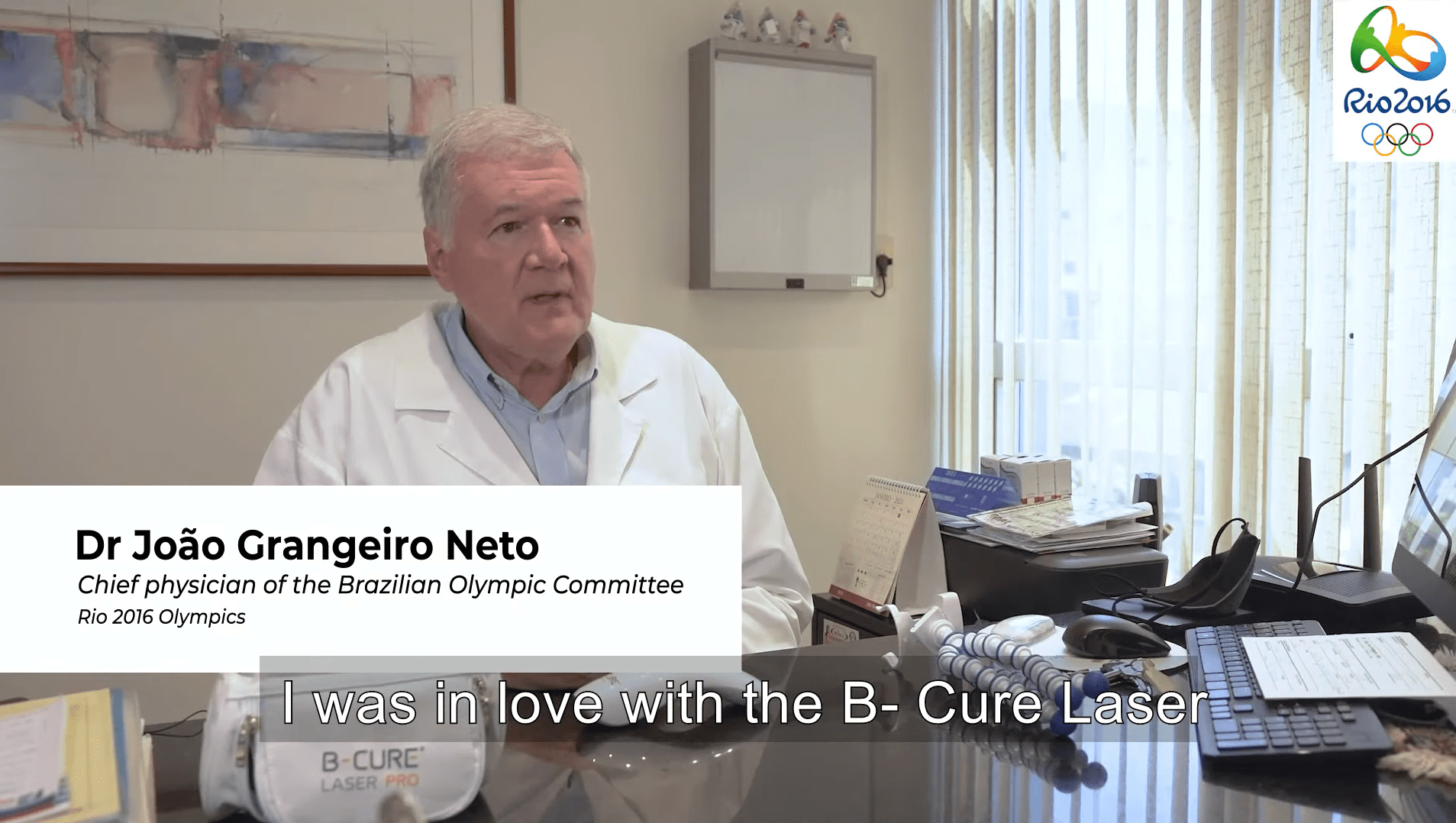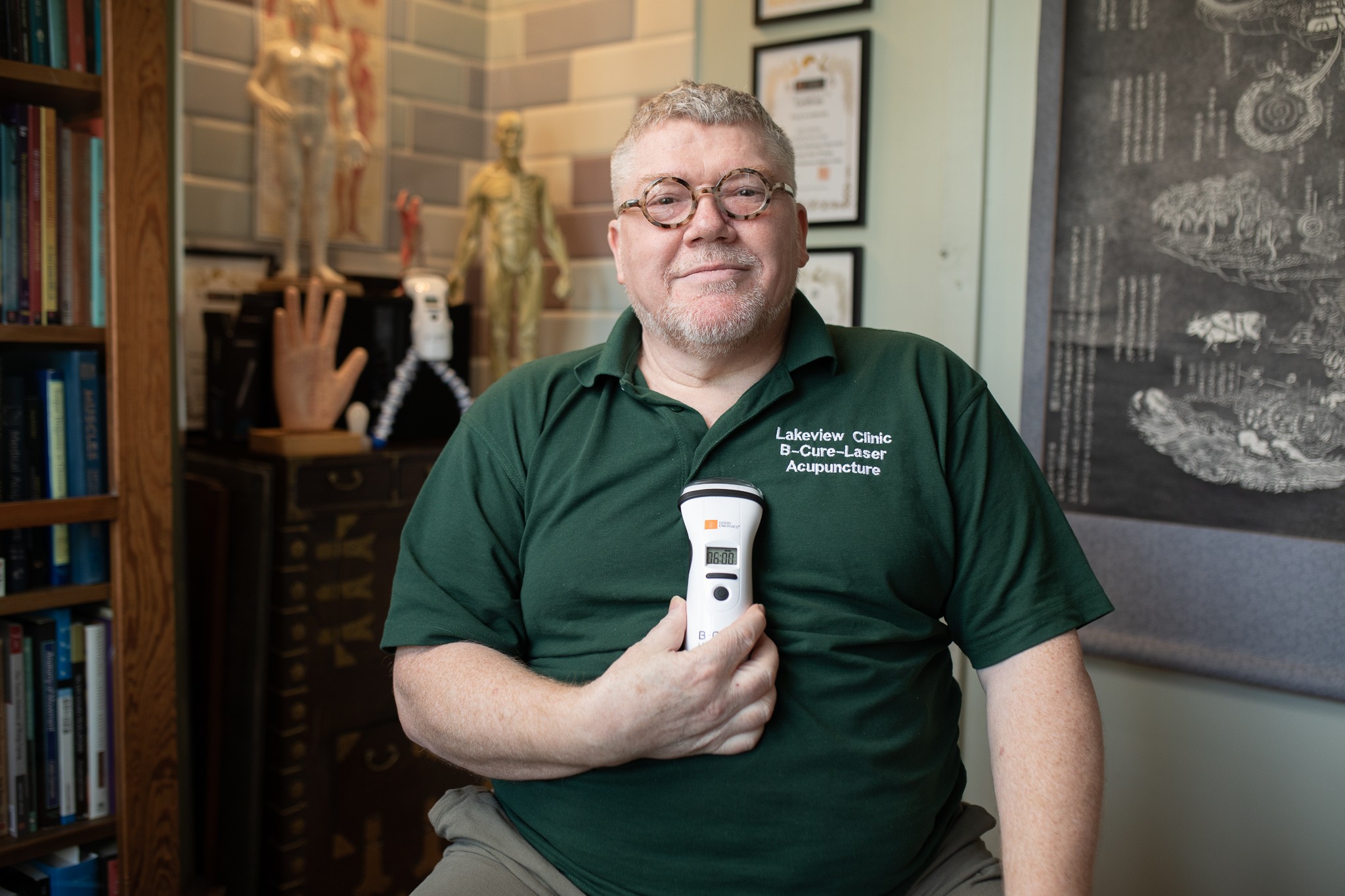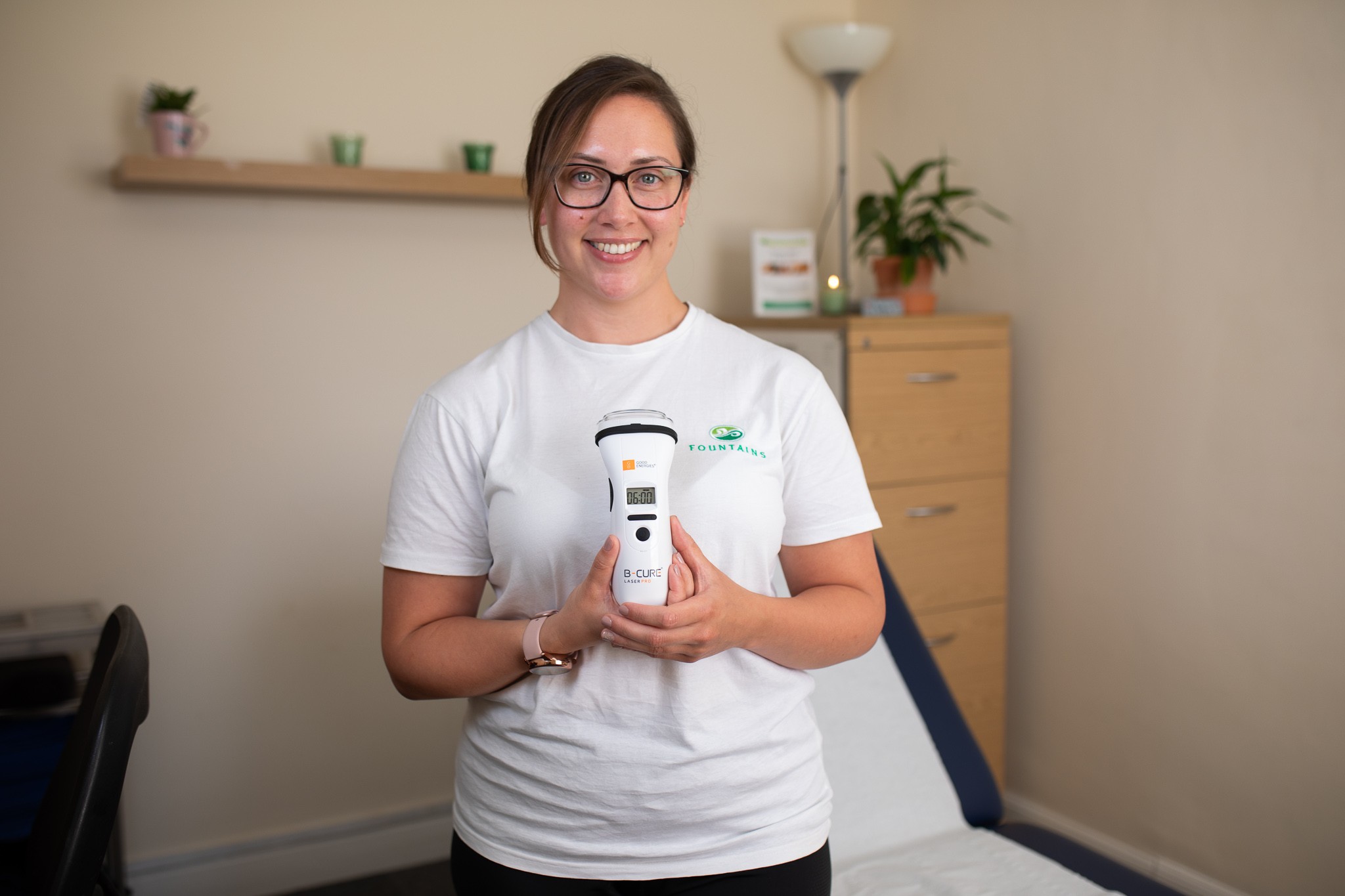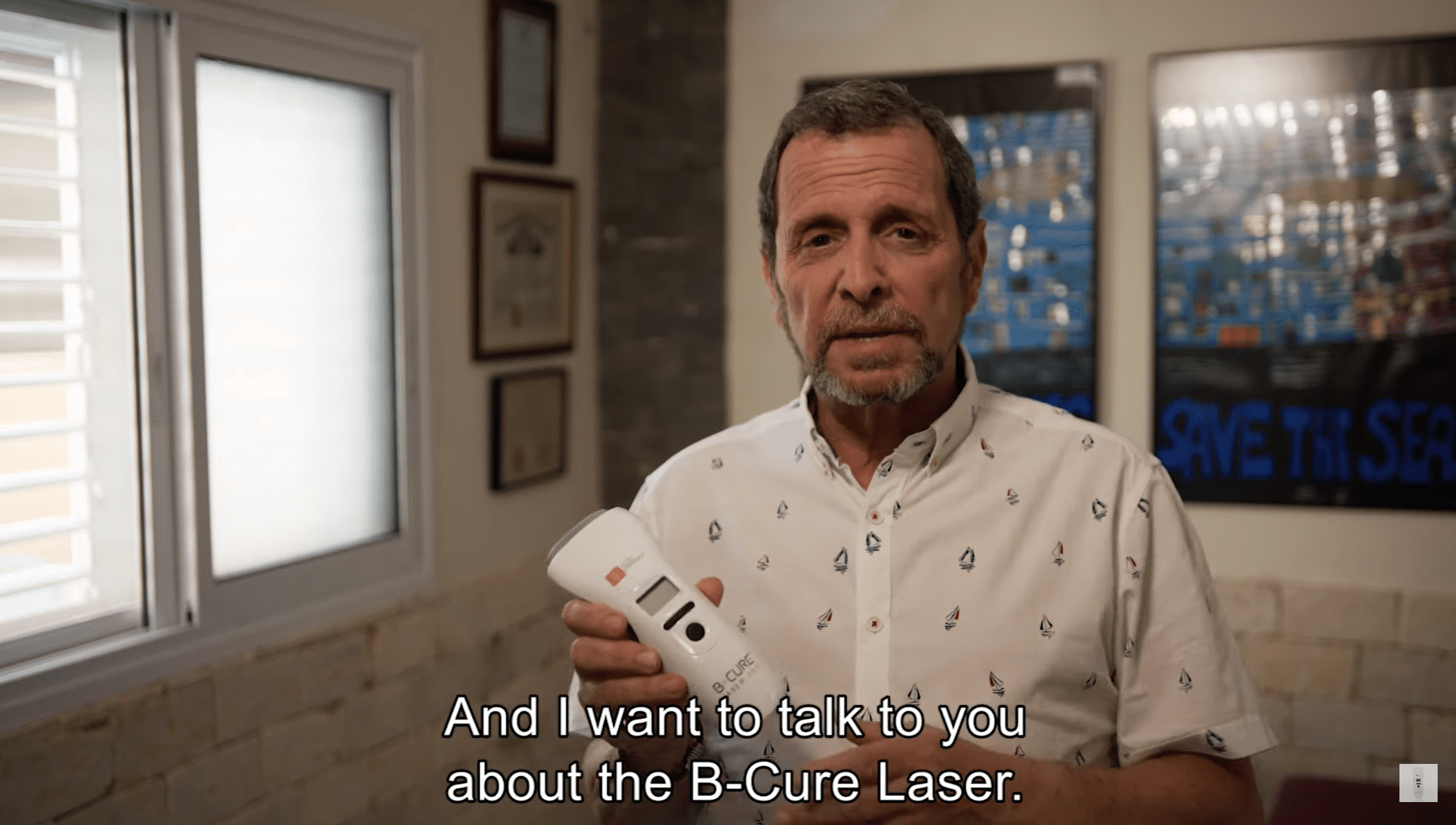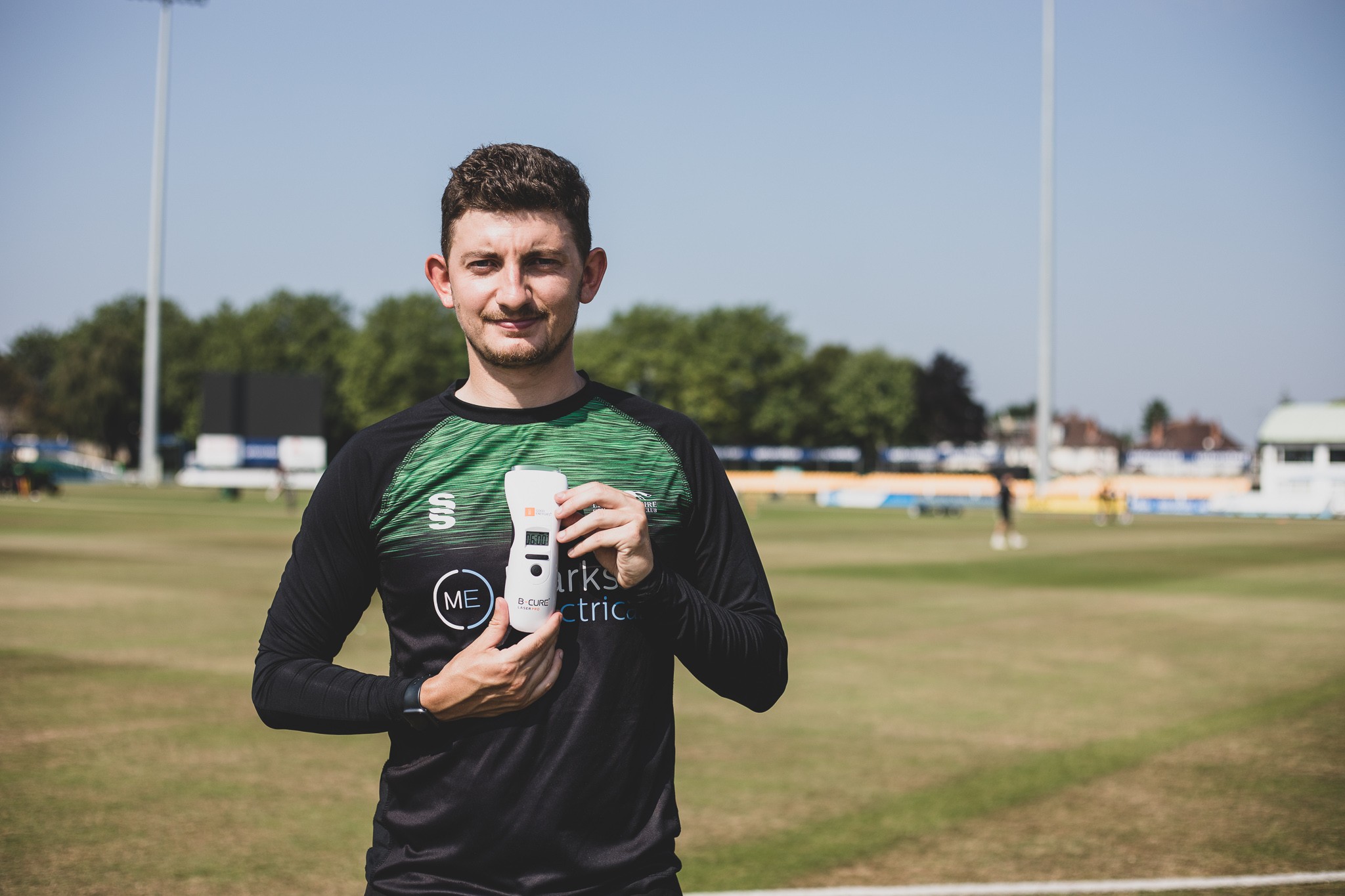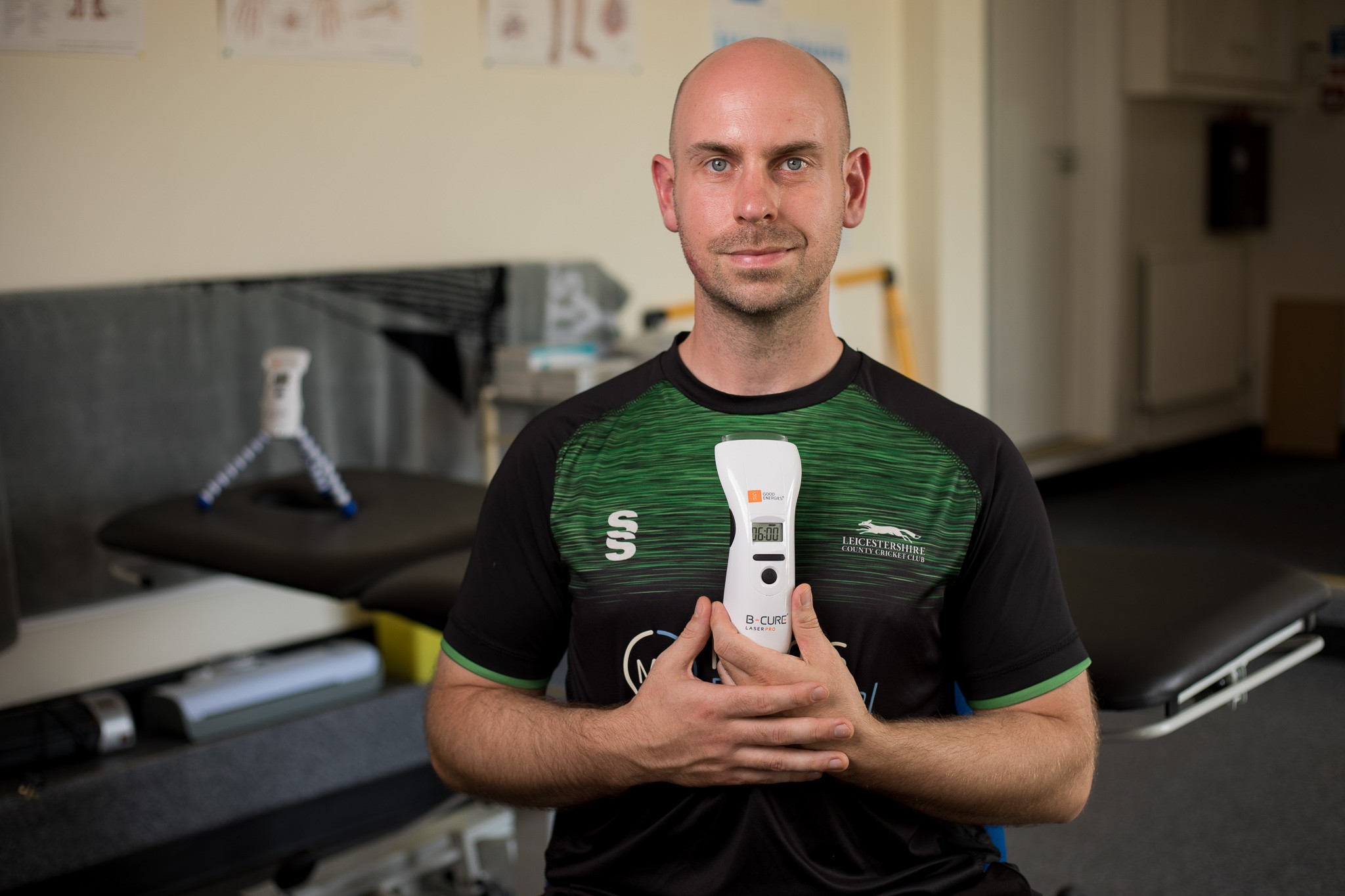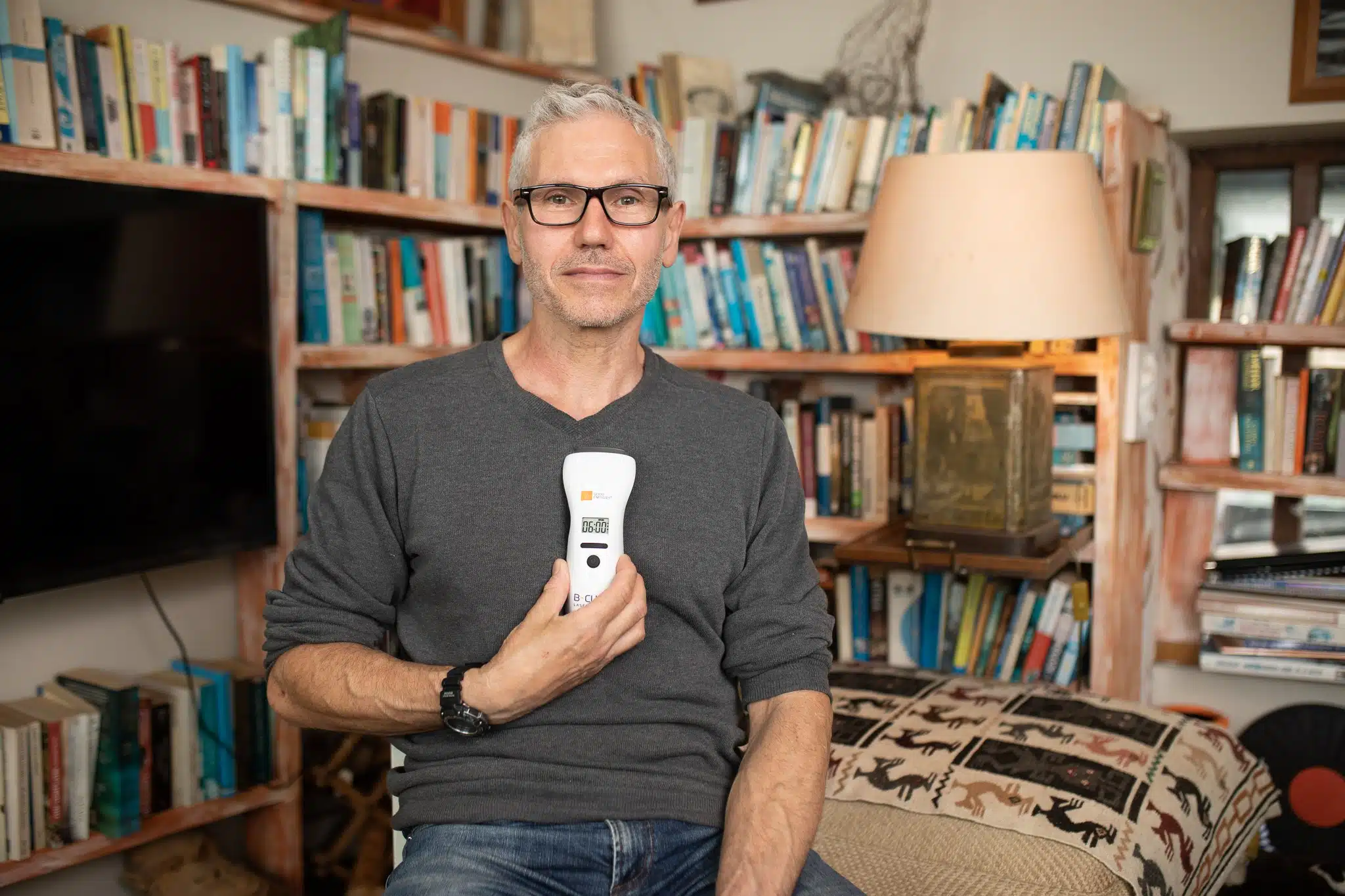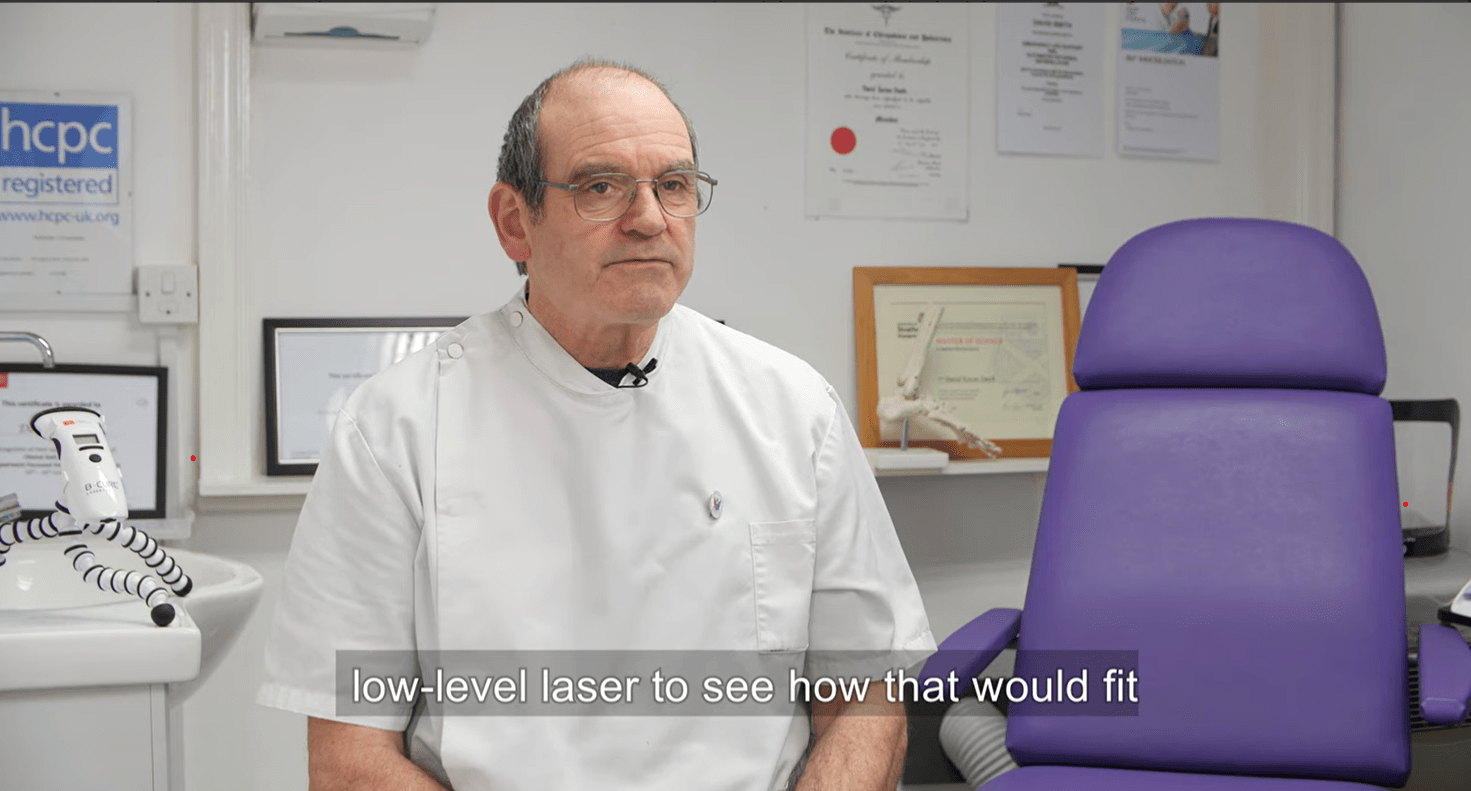What causes finger joint pain? How to treat it? Why is B-Cure Laser considered an effective and popular solution for those suffering from this condition?
Our fingers play a crucial role in daily activities, and when joint pain hinders their function, simple tasks become challenging and painful. How can we address finger joint issues effectively?
Rheumatic Joint Inflammation (Rheumatoid Arthritis) in the Fingers
This is a chronic multisystem illness resulting from immune system dysfunction. Rheumatoid arthritis affects multiple joints symmetrically, commonly appearing in the finger and wrist joints. Besides joint inflammation, it can impact various other body systems such as the respiratory system, heart, blood vessels, and skin.
As the disease advances, patients often experience severe limitations in finger joint movement, with fingers potentially becoming deformed over time, further complicating daily activities.
Since Rheumatoid arthritis is an autoimmune condition, there is currently no known cure. Treatment focuses on reducing inflammation and pain severity while preserving joint mobility as much as possible.
Rheumatoid arthritis is a prevalent condition that causes finger joint pain, restricts movement, and hampers functionality. Early conservative treatment measures are effective and may even help slow or halt disease progression.
Osteoarthritis (Wear and Tear arthritis)
Osteoarthritis, often referred to as wear and tear arthritis, is the most common type affecting the fingers. This condition results from the gradual wearing down of normal cartilage, leading to pain. The knuckles of the mid-finger, fingertips, and the base joint of the thumb are most frequently affected. It is prevalent, affecting nearly half of the population aged 65 and older. Symptoms include stiffness, pain, swelling, and the formation of lumps around the joints.
Over time, the pain typically diminishes or disappears, but swelling and lumps persist. Fingers may become misaligned, bending sideways at affected joints, and sometimes fluid-filled cysts develop, causing additional discomfort. In some cases, lumps form at the base of the thumb near the wrist, severely impacting everyday tasks such as writing, opening jars, or turning keys.
Psoriatic Arthritis
Psoriatic arthritis affects approximately 7% to 10% of individuals with psoriasis.
Trigger Finger
Trigger Finger is a condition where a finger becomes stuck in a bent position, often snapping straight like a released trigger. Also known as Stenosing Tenosynovitis, it occurs when inflammation narrows the sheath surrounding the tendon of the affected finger. Severe cases can result in the finger becoming locked in a bent position.
Individuals whose occupations or hobbies involve repetitive gripping actions are at greater risk of developing Trigger Finger. This condition is more prevalent among women and individuals with diabetes.
Common Finger Joint Pain Treatments
Typical treatments include anti-inflammatory drugs, painkillers, low-level laser therapy, medicated creams, and steroids. In severe cases, surgery may be recommended.
Low-level laser therapy is gaining popularity among individuals experiencing mild joint pain in general, and specifically among those with finger joint pain.
B-Cure Laser effectively treats trigger finger syndrome by addressing inflammation and reducing pain and swelling
B-Cure Laser delivers advanced laser therapy comparable to professional clinic lasers, packaged in a lightweight, portable device designed for home use.
The treatment is safe, effective and may provide lasting pain relief.
B-Cure Laser harnesses advanced laser technology to provide restorative power.
When placed in contact with the skin, B-Cure Laser allows photon energy to penetrate tissues, stimulating the production of adenosine triphosphate (ATP)—the energy carrier within cells. This interaction with biomolecules promotes normal cell function and enhances natural bodily processes.
Video: How to use B-Cure Laser? Instructions for use
Patients experience accelerated recovery from muscular, skeletal, and nerve injuries as cells regenerate more efficiently.
Studies demonstrate that using B-Cure Laser for painful finger conditions enhances cellular energy, supporting improved cellular function.
Therapeutic effects of Low-Level Laser Therapy (LLLT) include:
- Increased production of ATP (Adenosine Triphosphate)
- Increased cellular metabolism
- Increased collagen production
- Increased enzyme production
- Increased protein synthesis
- Improved blood circulation
- Improved lymphatic flow and drainage
- Reduced inflammation
All this serves to boost the body’s natural healing power, targeting the root causes of pain and providing rapid relief.
B-Cure Laser is unique due to it’s beam that covers a surface area of 4.5 cm². making it possible to treat a wide range of painful conditions easily, effectively and quickly. B-Cure Laser is safe for all ages, and does not require protective eyewear during use.
What Are the Benefits of B-Cure Laser?
- May reduce chronic pain
- Non-invasive and non-surgical treatment
- Suitable for all ages
- No known side effects
- Clinically proven by many studies
- Easy and safe for home use
Clinical research conducted at Parma University in Italy demonstrated the remarkable effectiveness of B-Cure Laser in treating small joints. The study showed that B-Cure Laser resulted in a significant reduction in pain levels.
Treatment Protocol
For treating finger joint pain, apply the device for 8 minutes on the inner side of the finger. Treat the outer side of the affected finger for an additional 8 minutes. Also, administer treatment along the line that separates the base of the fingers from the palm.
To enhance convenience during treatment, utilize the adjustable stand. Secure the device and stand in place and administer treatment without movement, ensuring deep penetration of the laser beam into the tissues.
For optimal results, repeat the treatment at least twice daily.
To learn more about other health conditions that the B-Cure Laser can help manage, please visit our Treatment Guide page.



